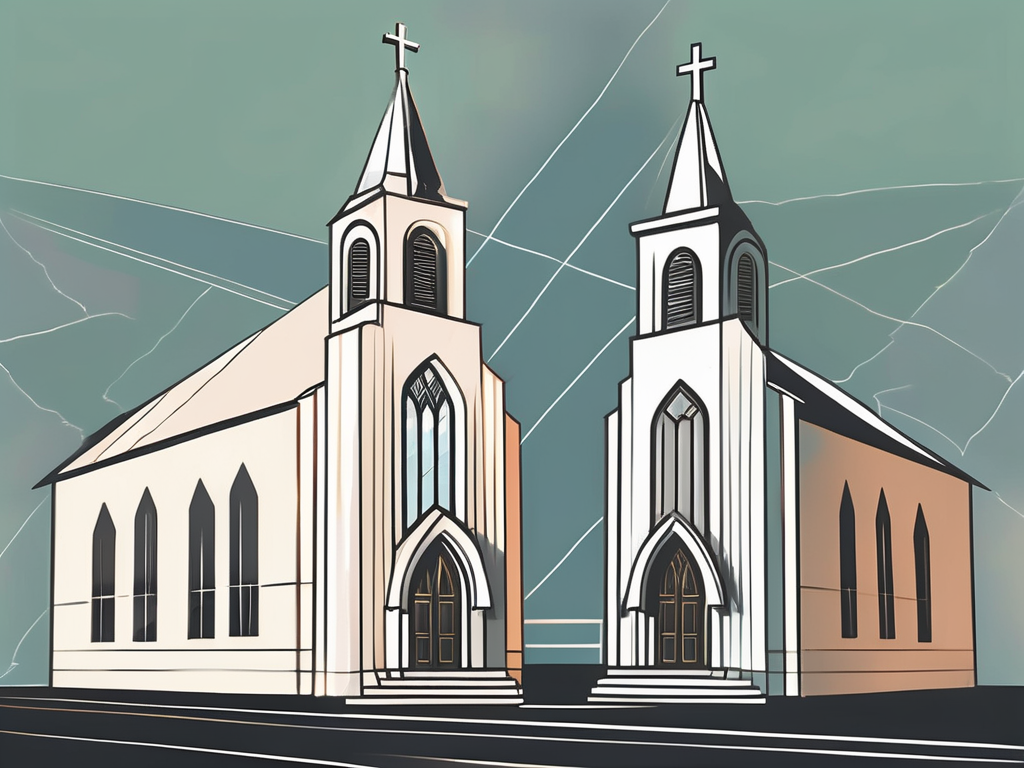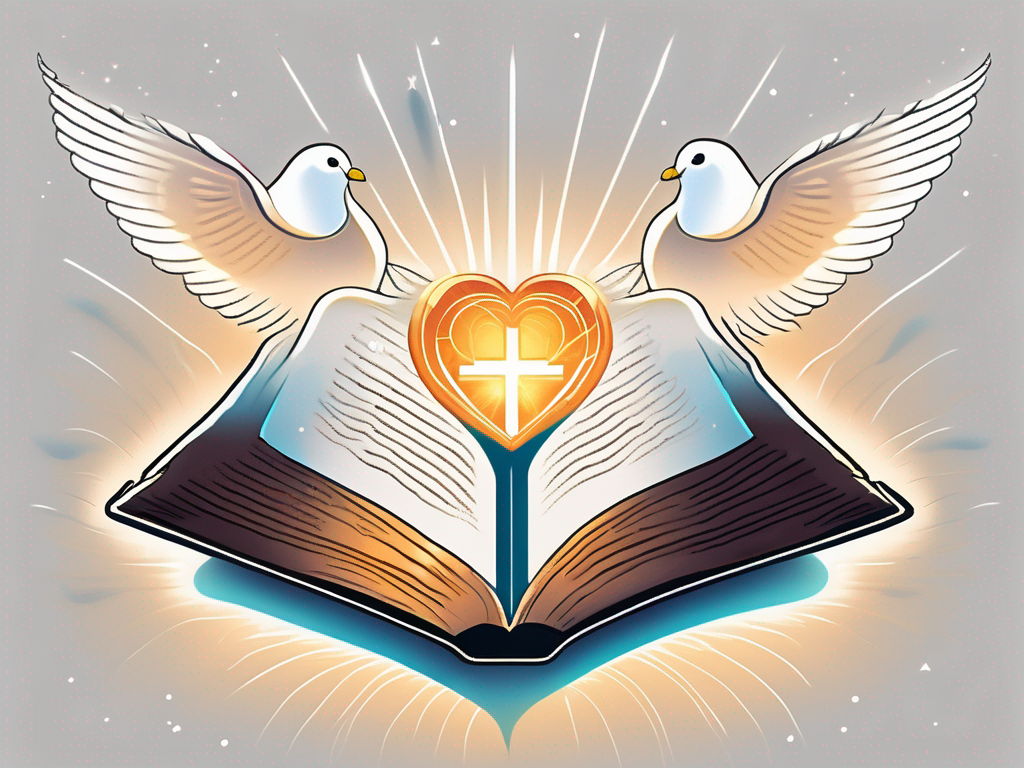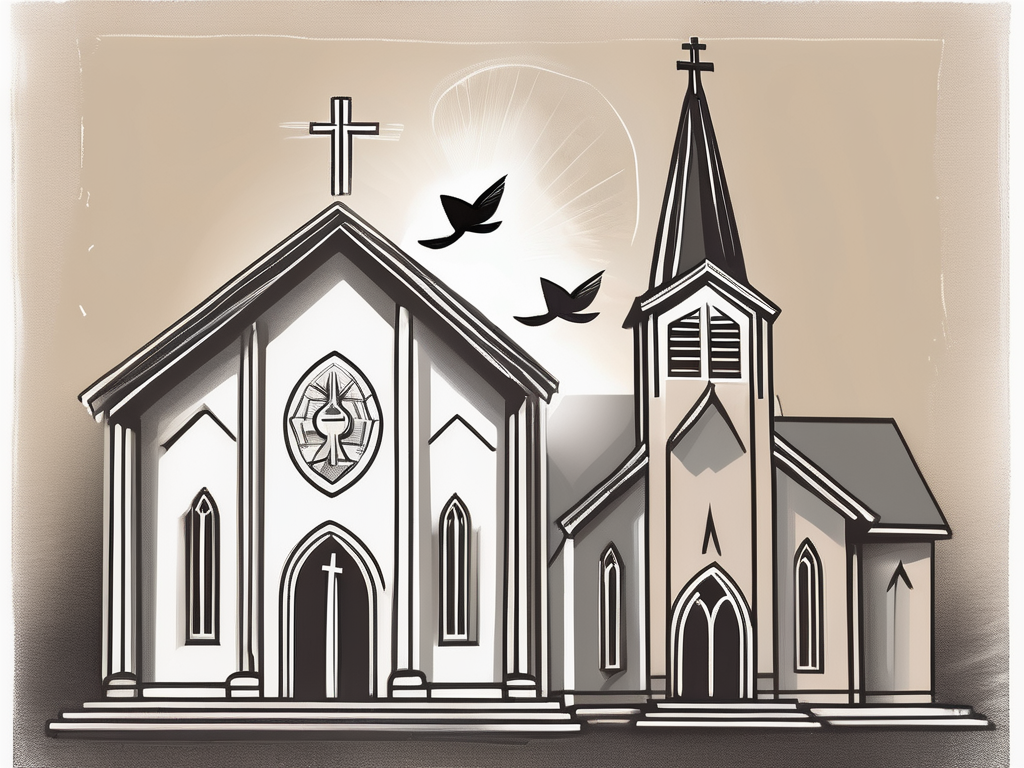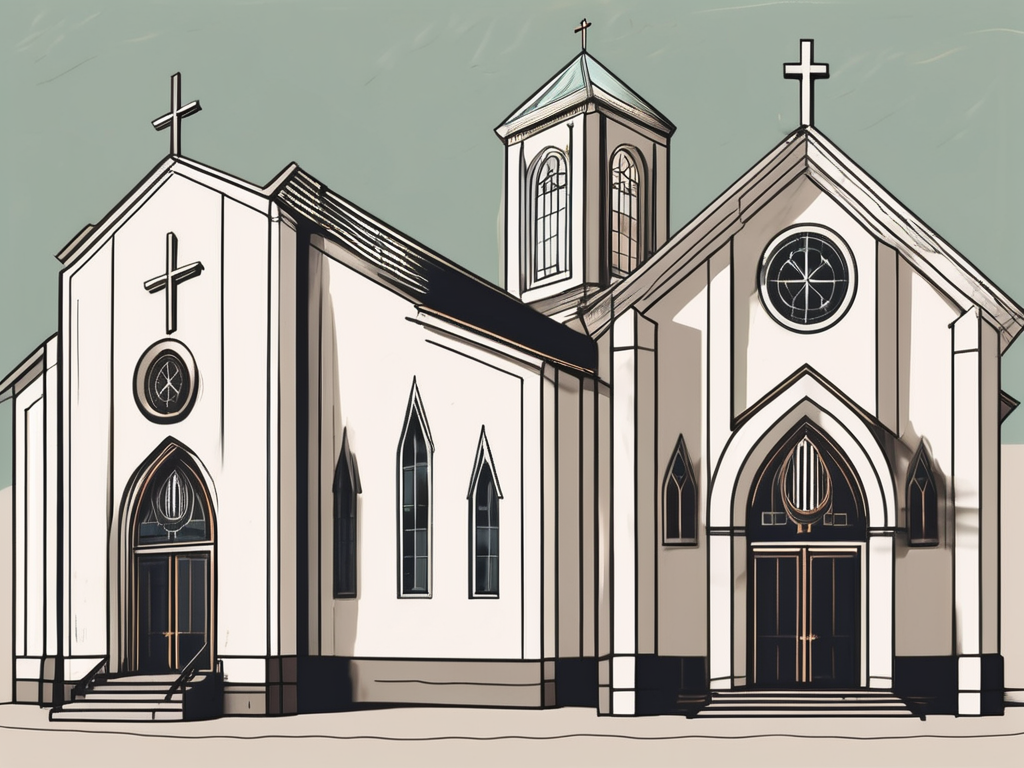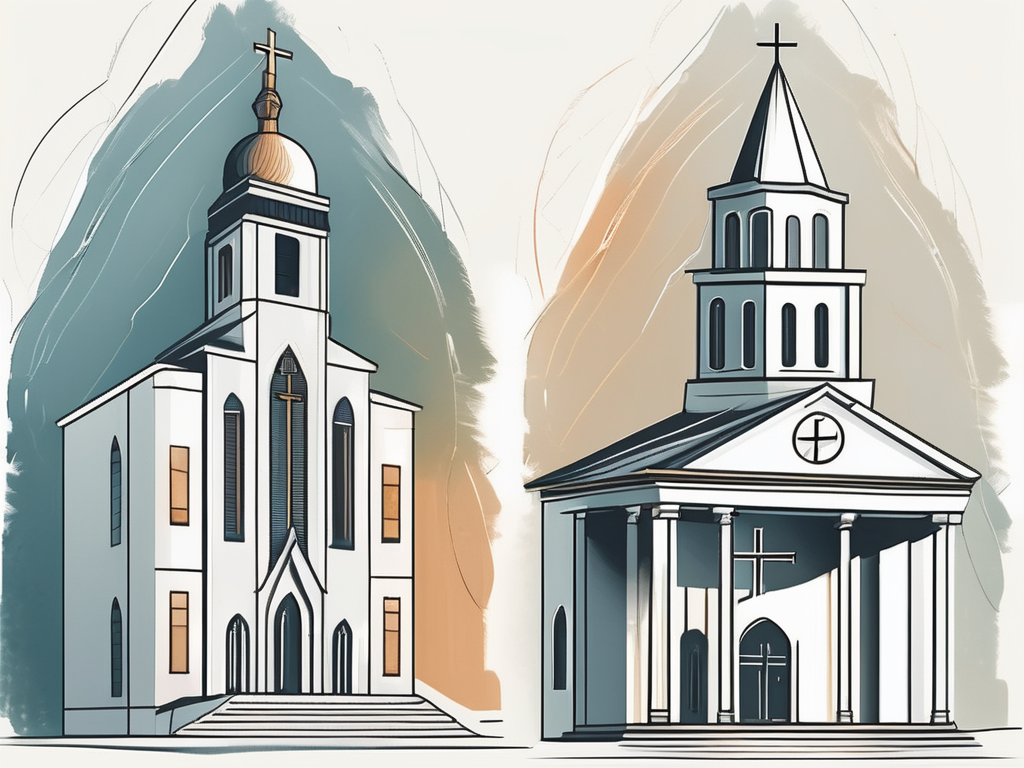Are you curious about the differences and similarities between Pentecostal and Methodist churches? These two Christian denominations have distinct histories, core beliefs, worship styles, and community involvements. By exploring these aspects, we can gain a deeper understanding of these faith traditions and appreciate the richness they bring to the Christian landscape.
Historical Background of Pentecostal and Methodist Churches
Let’s begin by delving into the historical background of these two religious movements. The Pentecostal Church has its roots in the early 20th century revivals that emphasized spiritual gifts, particularly speaking in tongues. This movement sought to recapture the experiences of the early Christian church, where believers received the Holy Spirit’s power on the Day of Pentecost.
The Pentecostal movement gained momentum in the early 1900s, with the Azusa Street Revival in Los Angeles being a significant event. It was led by William J. Seymour, an African American preacher, and attracted people from diverse backgrounds. The revival meetings were characterized by fervent worship, spontaneous outbursts of speaking in tongues, and miraculous healings. This movement spread rapidly throughout the United States and eventually reached other parts of the world.
One of the key figures in the early Pentecostal movement was Charles Fox Parham, who is often credited with the revival’s beginnings. Parham emphasized the importance of the baptism of the Holy Spirit and the evidence of speaking in tongues as a sign of this experience. His teachings laid the foundation for the Pentecostal movement and influenced many future leaders and denominations.
In contrast, Methodism emerged as an evangelical movement within the Church of England in the 18th century. Led by John Wesley and his brother Charles, the Methodist movement focused on personal piety and a systematic approach to faith. The Wesleys, through their preaching and establishment of societies and classes, aimed to revitalize a stagnant church and bring people closer to God.
John Wesley, often referred to as the founder of Methodism, was a dynamic preacher and organizer. He traveled extensively, preaching in open fields, marketplaces, and churches, reaching out to people from all walks of life. Wesley’s message of salvation through faith in Christ and the need for personal holiness resonated with many, especially those who felt excluded or marginalized by the established church.
The Methodist movement grew rapidly, attracting both the working class and the upper class. It placed a strong emphasis on social justice and actively worked towards the improvement of society. Methodists were involved in various reform movements, such as the abolition of slavery, prison reform, and the promotion of education for all.
As Methodism spread, it underwent various schisms and divisions, resulting in the formation of different Methodist denominations. Each denomination developed its own distinct practices and theological emphases while remaining rooted in Wesleyan theology and the pursuit of personal holiness.
Today, both the Pentecostal and Methodist churches continue to thrive and have a significant presence worldwide. They have influenced countless individuals and communities, shaping their beliefs, practices, and understanding of the Christian faith.
Core Beliefs and Doctrines
Now, let’s turn our attention to the core beliefs and doctrines of Pentecostals and Methodists. Pentecostals emphasize the direct experience of the Holy Spirit and the supernatural gifts mentioned in the New Testament. They believe in salvation through faith in Jesus Christ and the necessity of being “baptized in the Holy Spirit” to live a victorious Christian life.
Pentecostals believe that the Holy Spirit is not just an abstract concept, but a real and active presence in the lives of believers. They believe that the Holy Spirit empowers individuals to live a life that is pleasing to God and enables them to do the works of Jesus, such as healing the sick, casting out demons, and speaking in tongues.
Furthermore, Pentecostals believe that the baptism in the Holy Spirit is a distinct experience from salvation. While they believe that all believers have the Holy Spirit dwelling within them at the moment of salvation, they also believe in seeking a subsequent experience of being filled with the Holy Spirit, which they refer to as the baptism in the Holy Spirit. This experience is often accompanied by speaking in tongues, which is seen as a sign of the Holy Spirit’s presence.
Methodists, on the other hand, hold to a more structured approach to faith. They believe in the Trinity, salvation by grace through faith, and the authority of Scripture. Methodists also emphasize the importance of personal holiness, service to others, and social justice.
Methodists believe in the Triune nature of God, which means they believe in one God who exists in three persons: the Father, the Son (Jesus Christ), and the Holy Spirit. They believe that Jesus Christ is the Son of God who came to earth, lived a sinless life, died on the cross to pay the penalty for humanity’s sins, and rose from the dead, offering salvation to all who believe in him.
In addition, Methodists believe that salvation is a gift from God that cannot be earned through good works or personal merit. They emphasize that salvation is received by grace through faith in Jesus Christ. Methodists also believe in the authority of Scripture, considering the Bible to be the inspired Word of God and the ultimate guide for faith and practice.
Methodists place a strong emphasis on personal holiness, believing that as believers grow in their relationship with God, they are called to live a life that is set apart from the ways of the world. They believe in the ongoing process of sanctification, where the Holy Spirit works in the lives of believers to transform them into the image of Christ.
Furthermore, Methodists are known for their commitment to social justice and service to others. They believe that faith should not be confined to the walls of the church but should be lived out in the world. Methodists have a long history of involvement in various social causes, such as the abolition of slavery, women’s rights, and the fight against poverty.
In summary, while Pentecostals emphasize the direct experience of the Holy Spirit and the supernatural gifts, Methodists hold to a more structured approach to faith, emphasizing the Trinity, salvation by grace through faith, and the authority of Scripture. Methodists also place a strong emphasis on personal holiness, service to others, and social justice.
Worship Styles and Practices
When it comes to worship styles and practices, there are notable differences between Pentecostals and Methodists. Pentecostals often engage in vibrant and expressive forms of worship, characterized by spontaneous prayer, exuberant singing, and energetic praise. They believe in the active presence of the Holy Spirit and seek to create an atmosphere conducive to encountering God’s power.
For Pentecostals, worship is not just a Sunday morning routine, but a lifestyle that permeates every aspect of their lives. They view worship as a way to connect with God on a personal level and experience His presence in a tangible way. In addition to the traditional elements of worship, such as singing hymns and listening to sermons, Pentecostals also incorporate spiritual gifts, such as speaking in tongues and prophesying, into their worship services.
Their worship gatherings are often characterized by a sense of freedom and spontaneity. It is not uncommon to see people dancing, clapping, and raising their hands as they express their love and adoration for God. The music played during Pentecostal worship is typically lively and upbeat, with a focus on contemporary Christian songs that inspire joy and celebration.
Methodist worship, on the other hand, tends to be more structured and liturgical. It follows a set order of service, including readings from Scripture, hymn singing, prayers, and preaching. Methodists appreciate the beauty of tradition and contemplative practices, fostering a sense of reverence and awe in their worship gatherings.
For Methodists, worship is a time of reflection and introspection. They believe that through worship, they can draw closer to God and gain a deeper understanding of His teachings. The hymns sung during Methodist worship often carry rich theological messages, with lyrics that encourage contemplation and spiritual growth.
In addition to the traditional elements of worship, Methodists also place a strong emphasis on the sacraments. They regularly observe Holy Communion, believing that it is a means of receiving God’s grace and experiencing His presence. The sacrament of baptism is also an important part of Methodist worship, symbolizing the initiation into the Christian faith.
Methodist worship services are typically led by ordained ministers, who deliver sermons that are grounded in Scripture and provide practical guidance for living a Christian life. The preaching is often thought-provoking and seeks to inspire believers to apply biblical principles to their daily lives.
While there are differences in worship styles and practices between Pentecostals and Methodists, both groups share a common goal: to honor and glorify God through their worship. Whether it is through energetic praise and spontaneous prayer or through structured liturgy and contemplative practices, both Pentecostals and Methodists seek to create an environment where believers can connect with God and experience His presence in a meaningful way.
Role of Clergy and Church Structure
Another difference between these two denominations lies in the role of clergy and church structure. In the Pentecostal Church, leadership is often charismatic and decentralized. Pastors and other church leaders emphasize their direct calling from God and rely on the guidance of the Holy Spirit. This flexibility allows for quick responsiveness to the needs of the congregation.
Within the Pentecostal Church, the role of clergy is seen as a divine calling. Pastors are believed to have been chosen by God to lead and guide the congregation. They are seen as spiritual shepherds, responsible for nurturing the faith of their flock and providing them with spiritual guidance. These pastors often have a close relationship with their congregation, knowing each member personally and offering support and counsel in times of need.
In addition to pastors, the Pentecostal Church also recognizes other church leaders who play important roles in the community. These leaders may include elders, deacons, and evangelists, each with their own specific responsibilities and areas of expertise. Together, they work to ensure the smooth functioning of the church and the spiritual growth of its members.
The decentralized nature of leadership in the Pentecostal Church allows for a dynamic and responsive approach to ministry. Pastors and other leaders are encouraged to be open to the leading of the Holy Spirit, allowing for spontaneous worship, prayer, and ministry. This flexibility enables the church to adapt quickly to the changing needs of its congregation and the wider community.
In contrast, the Methodist Church has a more hierarchical structure. Leaders are trained and ordained within the denomination, and the governance follows a connectional system. This system ensures consistency in doctrine and practice across Methodist churches worldwide and provides governance through bishop-led conferences.
Within the Methodist Church, the role of clergy is seen as a vocation that requires education, training, and ordination. Methodist pastors are typically required to complete a theological education program and undergo a period of practical training before being ordained as ministers. This rigorous process ensures that Methodist pastors are well-equipped to lead their congregations and provide spiritual guidance.
The hierarchical structure of the Methodist Church is designed to promote unity and consistency within the denomination. Bishops play a key role in the governance of the church, overseeing the work of pastors and providing spiritual leadership. The connectional system ensures that Methodist churches adhere to the same doctrines and practices, regardless of their location. This allows for a sense of unity and shared purpose among Methodist congregations worldwide.
While the Methodist Church may have a more centralized structure, it still values the input and involvement of its members. Methodist churches often have committees and boards made up of laypeople who work alongside clergy in decision-making and ministry. This collaborative approach ensures that the voices and perspectives of the congregation are heard and considered.
In conclusion, the role of clergy and church structure differs between the Pentecostal and Methodist denominations. The Pentecostal Church emphasizes a decentralized and charismatic leadership style, with pastors and leaders relying on their direct calling from God and the guidance of the Holy Spirit. In contrast, the Methodist Church has a more hierarchical structure, with leaders trained and ordained within the denomination and governance provided through bishop-led conferences. Both approaches have their strengths and contribute to the unique identities and practices of these denominations.
Community Involvement and Outreach
Both Pentecostals and Methodists are actively involved in community service; however, their approaches differ. Pentecostals emphasize individual and spontaneous acts of charity, often demonstrating God’s love through personal encounters and sharing the Gospel message with those in need. They believe in the transformative power of the Holy Spirit, evident in changed lives.
Methodists, true to their social justice heritage, commit to addressing systemic issues and forming partnerships to effect change. They engage in community organizing, advocating for equitable access to healthcare, education, and economic opportunities while seeking to alleviate the effects of poverty and promote equality.
In conclusion, while Pentecostals and Methodists share a common faith in Christ, their histories, beliefs, worship styles, and community involvements distinguish these two vibrant Christian traditions. By understanding these differences and similarities, we gain a broader perspective of the diverse ways people engage with God and serve others within the Christian faith.
